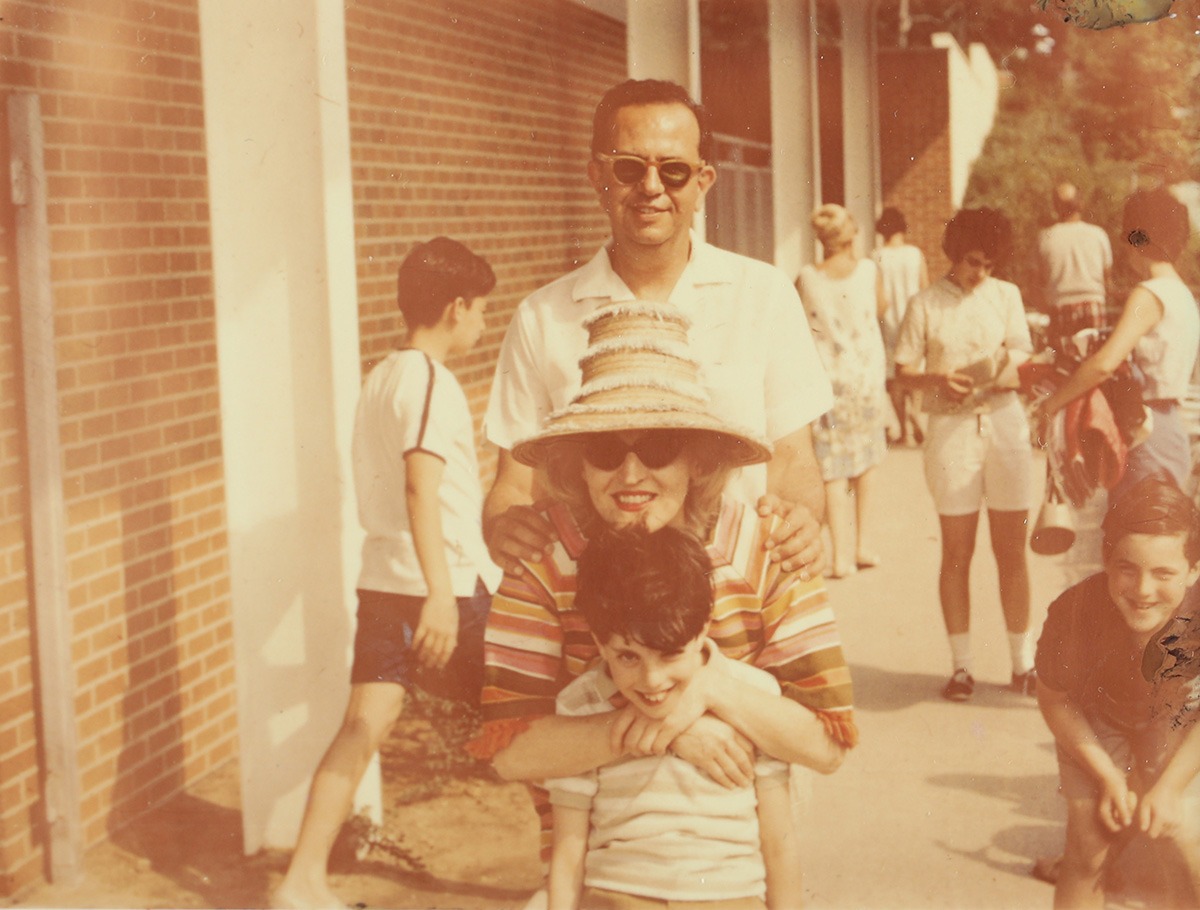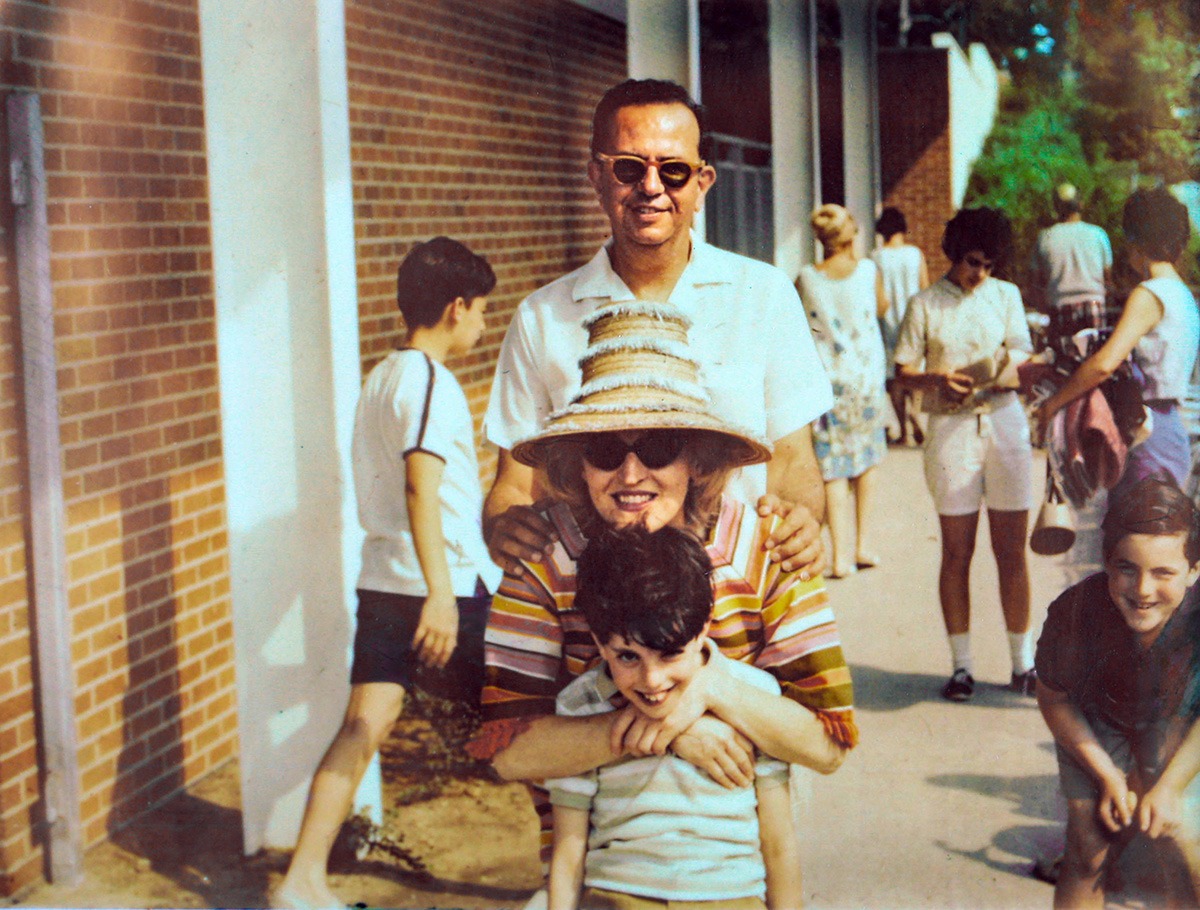How often has this happened to you? You have two prints—one color, another black-and-white—and they are approximately the same age. However, the color print has faded, and its colors have changed. Yes, color photos degrade faster than B&W prints. What gives?

Traditional Black & White printing paper has a light-sensitive silver halide coating. As part of the chemical process, the image is developed, then fixed—the paper is placed in a chemical called Fixer, which makes the image permanent. Generally, B&W prints can last many decades to a century or more before they begin to fade, even if they are framed and on display.
Color prints—especially ones made for consumers—use a more complex process that includes color dyes. The images are also fixed in development. However, when the dyes are exposed to direct or indirect ultraviolet light from the sun (such as framed photos hanging in a living room), the dyes degrade over time. Blue and Green dyes decay faster than warmer tones, which is why some older prints tend to be reddish or purple; eventually, even the warm dyes fade and not much image is left.

Thankfully, when you digitize old, faded photos, there are now tools that let skilled practitioners restore the original color in many cases.
Longer-lasting contemporary printing
Inkjet printing technology has improved to the point where, when using specific ink and paper combinations, color prints are expected to last 100 years or longer without fading. Commercial prints that you may order online will only last 25 years before they begin to fade (unless they’re always stored away from UV rays). I offer prints on 100-year paper for restored photos.
Can Mason Resnick fix your faded photo? Email masonresnick@gmail.com for details!